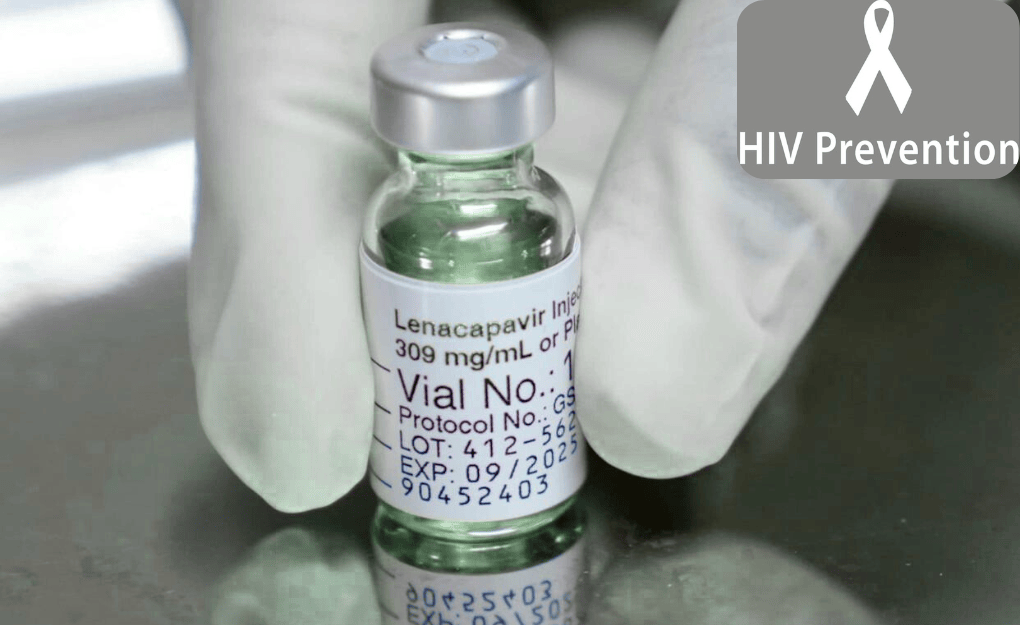Lenacapavir HIV Prevention has taken a significant step forward with the World Health Organization (WHO) officially endorsing the long-acting injectable drug as part of its updated HIV prevention guidelines in 2025. The announcement was made during the 13th International AIDS Society Conference held in Kigali, Rwanda. WHO now recommends the use of lenacapavir for people at high risk of HIV infection and in regions with high prevalence rates. This endorsement marks a major advancement in the global fight against HIV and offers a promising tool to slow new infections worldwide.
Lenacapavir HIV Prevention: A Breakthrough in Global HIV Response
Lenacapavir, developed by Gilead Sciences in New Delhi, is a capsid inhibitor—a new class of antiretroviral drugs. Unlike traditional daily oral PrEP (pre-exposure prophylaxis) medications, lenacapavir is administered only twice a year. This long-acting injectable formulation offers a major improvement in adherence, especially for individuals who struggle with daily pill-taking due to stigma, healthcare access issues, or personal preference.
Initially approved for HIV treatment in 2022, lenacapavir received US FDA approval for prevention in 2024. It works by targeting the HIV capsid, blocking multiple steps in the virus’s replication cycle. With just two injections annually, it simplifies HIV prevention while maintaining high efficacy, making it especially appealing in resource-limited settings.
WHO’s Strategy Shift: Embracing Lenacapavir HIV Prevention
The updated WHO guidelines represent a significant shift in global HIV prevention strategy. By including Lenacapavir HIV Prevention as a recommended option, WHO aims to broaden the tools available for at-risk populations. These include sex workers, men who have sex with men (MSM), transgender persons, people who inject drugs, prisoners, adolescents, and children.
The new guidelines not only support lenacapavir but also promote greater use of simplified rapid HIV testing, reducing barriers to early detection and access to preventive care. This multipronged approach is expected to improve prevention outcomes in vulnerable communities.
Challenges to Global Rollout
Despite the scientific promise of lenacapavir, several challenges hinder the broader fight against HIV. In 2024 alone, over 1.3 million new HIV infections were reported globally. A significant threat to prevention efforts comes from declining financial support. Cuts to U.S. programmes like PEPFAR and USAID have already impacted HIV response strategies in several African and Asian countries.
For instance, Nigeria has seen a drop in PrEP access due to reduced international funding. The United Nations has cautioned that millions could die from HIV-related causes by the end of the decade if urgent financial commitments are not renewed.
Some lower-income countries are attempting to compensate with increased domestic investment, but this is unlikely to fully replace the scale of international funding that has traditionally supported their HIV programmes.
Access and Affordability of Lenacapavir
To ensure equitable access, Gilead has entered into a strategic partnership with the Global Fund to distribute lenacapavir at cost price in low- and middle-income countries. While the U.S. list price for the drug is approximately $28,218 annually—on par with other PrEP options—the cost-recovery model aims to make the injectable affordable for countries most burdened by HIV.
WHO and its partners are also working on rapid registration and procurement strategies to ensure the swift deployment of lenacapavir where it is needed most. Cold chain storage, training of healthcare professionals, and patient education are among the key areas being addressed to facilitate a smooth rollout.
Future Outlook for Lenacapavir HIV Prevention
The endorsement of Lenacapavir HIV Prevention by WHO is more than a policy update—it’s a strategic transformation in how global health organisations address HIV. The drug’s long-acting nature offers a sustainable and effective option, especially for communities with limited healthcare access or social stigma.
Moving forward, lenacapavir could become a cornerstone of HIV prevention efforts, especially when combined with community-led delivery systems, mobile health clinics, and digital awareness campaigns. However, the long-term success of this innovation hinges on continued political commitment, adequate funding, and global collaboration.
If implemented effectively, lenacapavir has the potential to significantly lower global HIV transmission rates and inch the world closer to ending AIDS as a public health threat by 2030.




